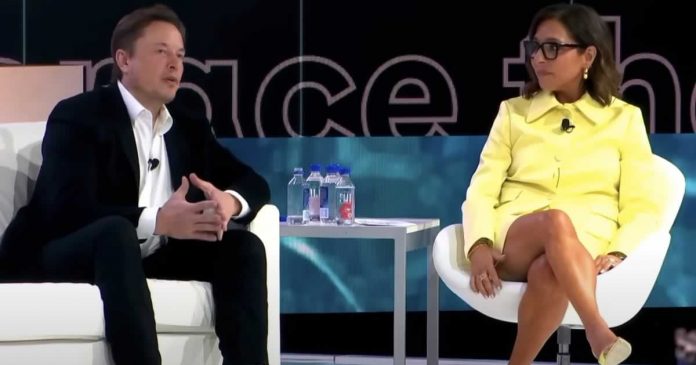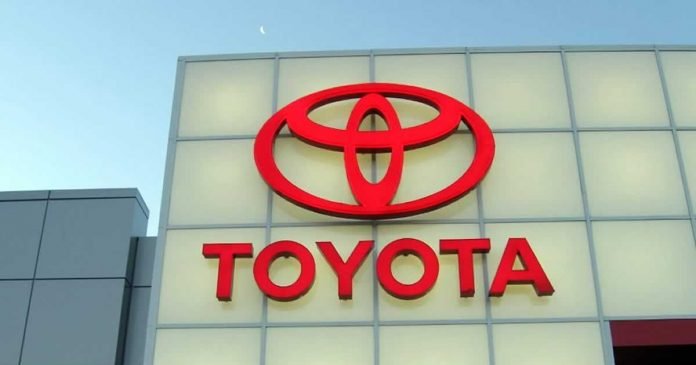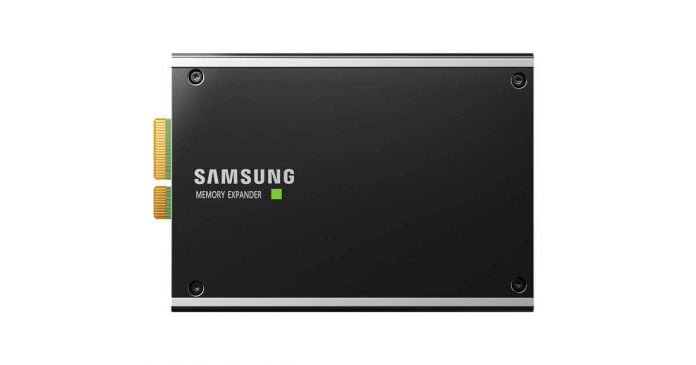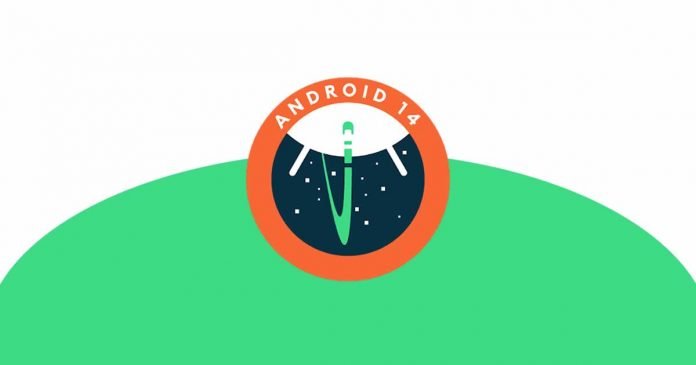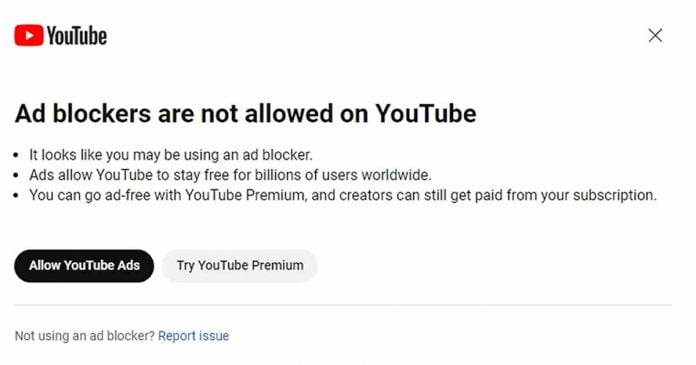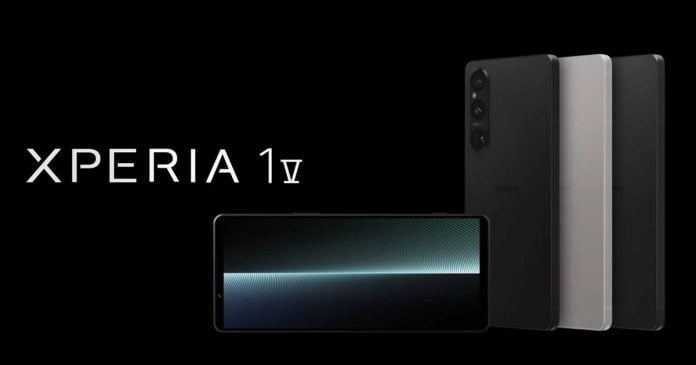If you are new to Solitaire games or looking for a brief refresher on rules, here is everything you need to know about the classic and most popular version – Klondike Solitaire.
What is Klondike Solitaire?
Many people connect the term ‘Solitaire’ with the basic version of the game we nowadays know as Klondike Solitaire. Solitaire is in fact a term that describes a wide variety of card games. As the name suggests, one player plays these games and there are dozens of different variations.
The origins of Klondike Solitaire are uncertain, but the first records appear in the 1700s in Germany while the term ‘Klondike’ first appears somewhere around the 1890s. We believe that the miners from the Klondike area in Canada used to play this game in order to pass time and entertain themselves which led up to the game being named after them.
The Klondike Solitaire game became immensely popular after Microsoft made it a base part of their operating system in the 1990s.
We also know Klondike Solitaire as Patience (especially in Europe) which also gives us some hints about the game. It can take time and patience is the key to winning this game.
How to play Klondike Solitaire?
The goal of the game
We play Klondike with a standard 52-card deck and in order to win, you have to arrange cards in ascending order (from Ace to King) divided into four piles.
Setup
First, we randomly shuffled a deck of cards. From the top of the deck, we place the first 28 cards in seven columns and all of them contain a different number of cards. There is only one card in the first column, two cards in the second one, three in the third, and so on. All the cards in the columns are turned face-down except the last one.
The remaining 24 cards stay in the deck, on the left, and four piles on the right need to be filled with cards, one for each suit.
Gameplay
In order to create piles, move the cards and reveal new ones to play with. However, there are several rules you have to follow. If you want to learn the game easier with good tips, you can always consider playing Klondike Solitaire online in order to get the feel for the game.
Moving cards
You can move cards from one column to another in order to reveal cards that are turned face-down. Placing one card on top of another is possible only if cards are in descending order (you can place two on top of three, seven on top of eight, Jack on top of Queen, and so on). Cards in columns must be in a different suit and different color. For example, you can place a Spade only on top of a Heart or a Diamond. In case a column is empty, the only card you can place in it is a King.
We move cards one by one when revealed from the stock or while creating a pile. However, you can move multiple cards from one column to another, but only if their order is correct.
Revealing cards from the Stock
Stock is what we call a deck of remaining cards. You can reveal a card from the stock and place it in a suitable column or in a pile, if possible. There is also an option to put it aside and pull the next one if there is nowhere else to put it.
Remember, cards in columns must be in descending order, in different colors and suits, and cards in piles must be in ascending order and in the same suit.
Building piles
Each pile starts with an Ace of suitable color and builds up to the King. You can transfer cards to the pile anytime both from the stock or from columns. You win the game after you complete all the piles following all the listed rules.
If you are playing live with a deck of cards, you must be careful not to make a mistake, but if you are playing virtually, you do not have to worry, since you won’t be able to make a move that goes against the rules.
Versions of Solitaire
Klondike is the most popular among all Solitaire games. The most popular versions of Klondike are a classic or basic version. If you want to try some other variations, get familiar with Spider, Yukon, Golf, Pyramid, or FreeCell for example.



